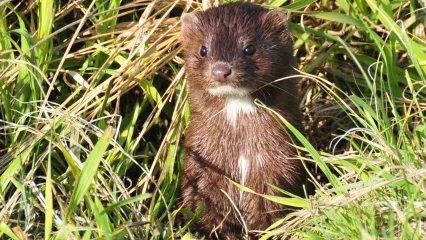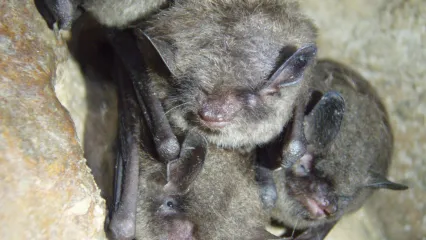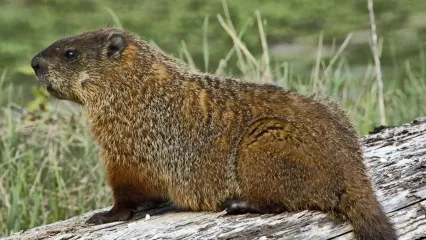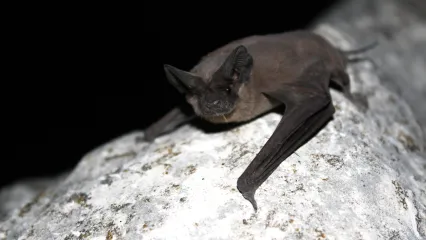
Description
They are common but secretive. Many may have seen them while fishing a favorite stream or while taking a walk along the water's edge. That quick blur out of the corner of your eye that left you wondering if you're seeing things. Odds are that blur was Mustela vison, the mink.
They may eat ground squirrels, rats, snakes and even birds. Mink are also semiaquatic and their webbed feet allow them to capture frogs, clams and even fish.
Mink are generally shy creatures but can be very bold if their curiosity is peaked. Those who are fortunate to observe a mink's behavior should use caution. The animals have scent glands under the skin and when they get excited or stressed, musk is released. The obnoxious odor can be just as repulsive as a skunk's.
The mink is one of the most common fur-bearing animals harvested in the United States. Mink are also one of the few furbearers that can be raised on commercial fur farms. Mink fur is extremely soft and very durable. Smaller pelts are sewn together to make coats and larger ones are typically used for fur trimmings. While mink farms are controversial, wild mink are quite common and populations appear healthy.
Size
Mink are ferocious predators that are about the length of a housecat and chocolate-brown in color. Their long, thin bodies, short
legs, small eyes and ears, and sleek fur make them just the right size to fit in many holes, crevices and burrows to pursue prey.
Habitat
These shy mammals can be found statewide around permanent water but prefer smaller streams choked or lined with debris. They may den in the debris or may dig burrows among the roots of trees. They have even been known to evict or kill muskrats to use their den.
Mink are often nocturnal, but can be seen around dusk and dawn. They are active year-round, but stay closer to their den during winter. They don't hibernate, but if the winter is especially harsh or if there is deep snow, they may curl up in the den and sleep a day or two before emerging to hunt.
Life Cycle
Solitary by nature, mink will locate a mate in February and breed. The females are responsible for raising the four blind, helpless "kittens" born about six weeks after breeding. They are covered with a coat of fine, silvery-white hair and will grow their adult fur seven weeks later. The young are weaned around three months and will venture out on their own after about five months.


